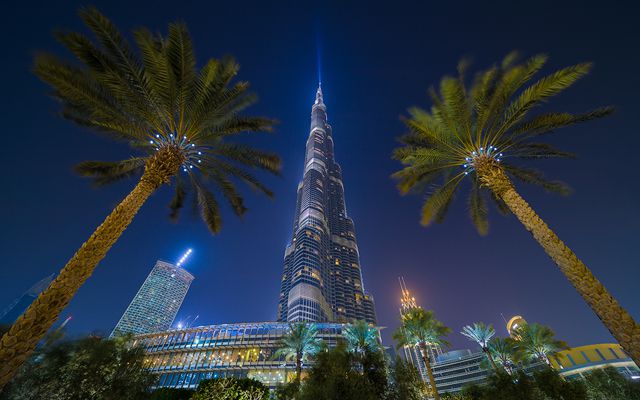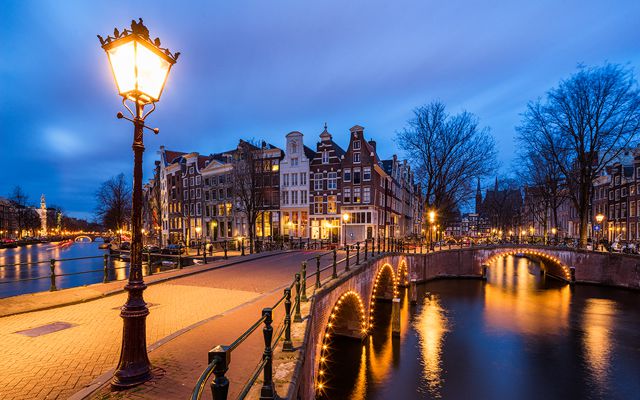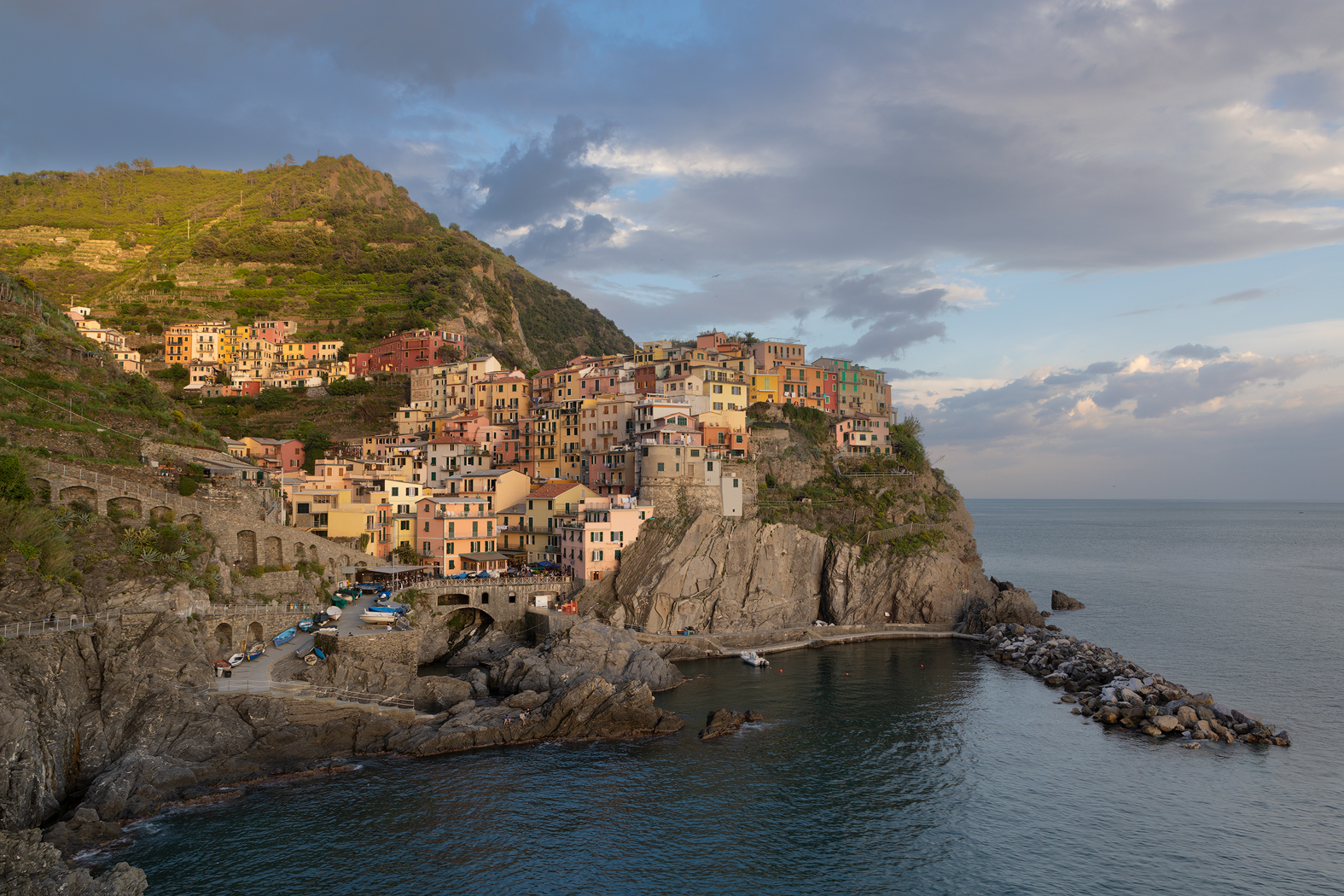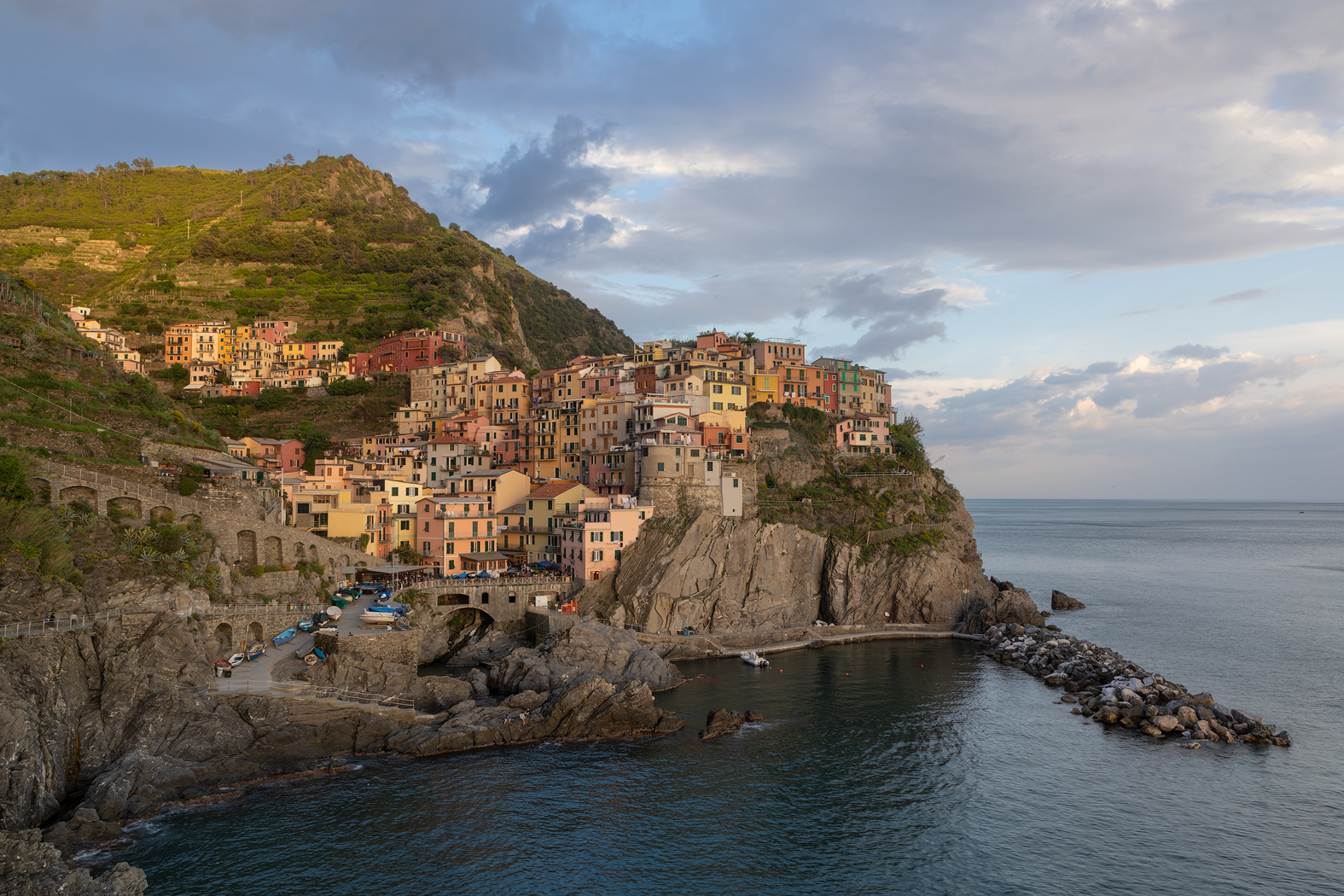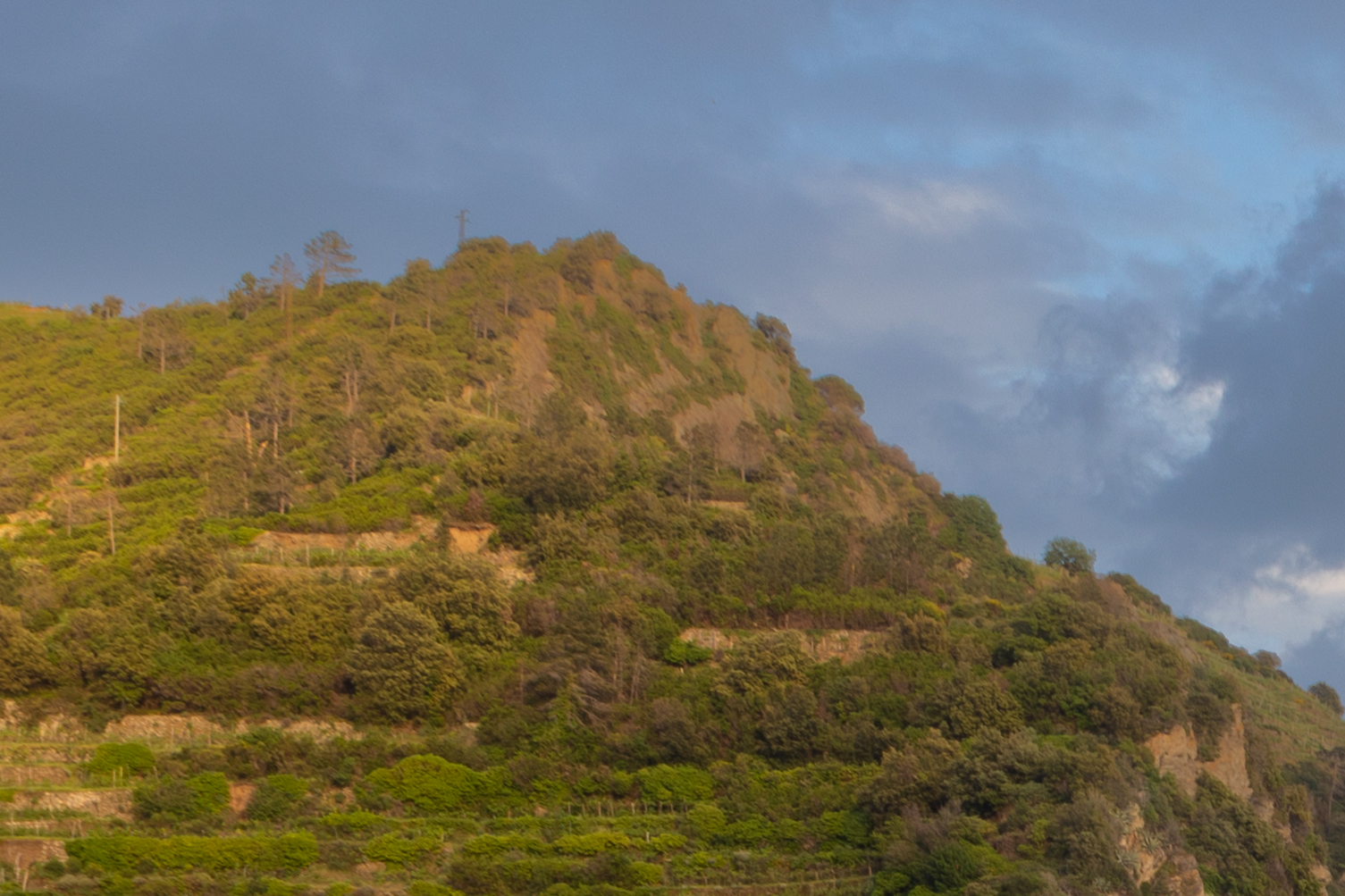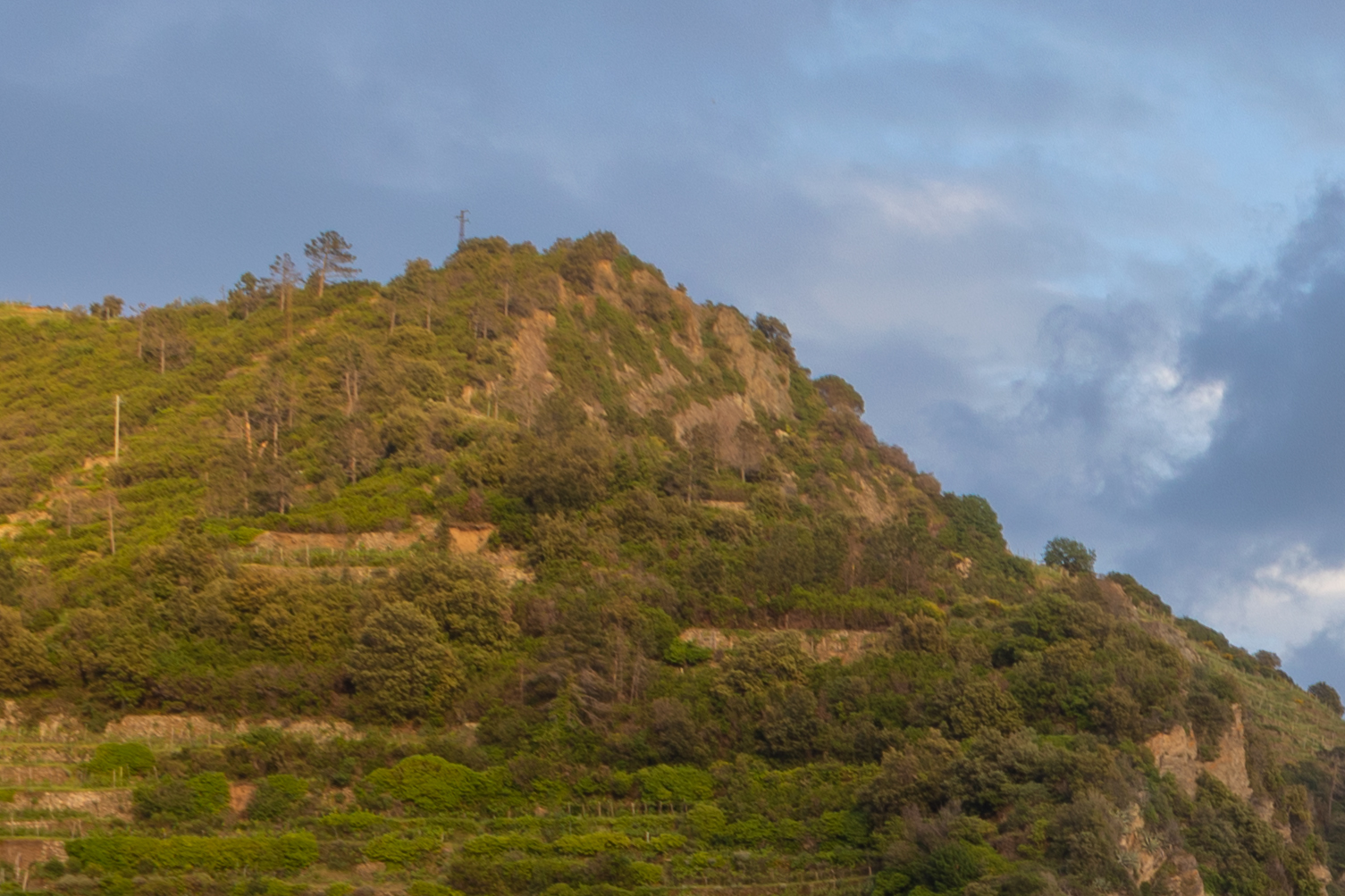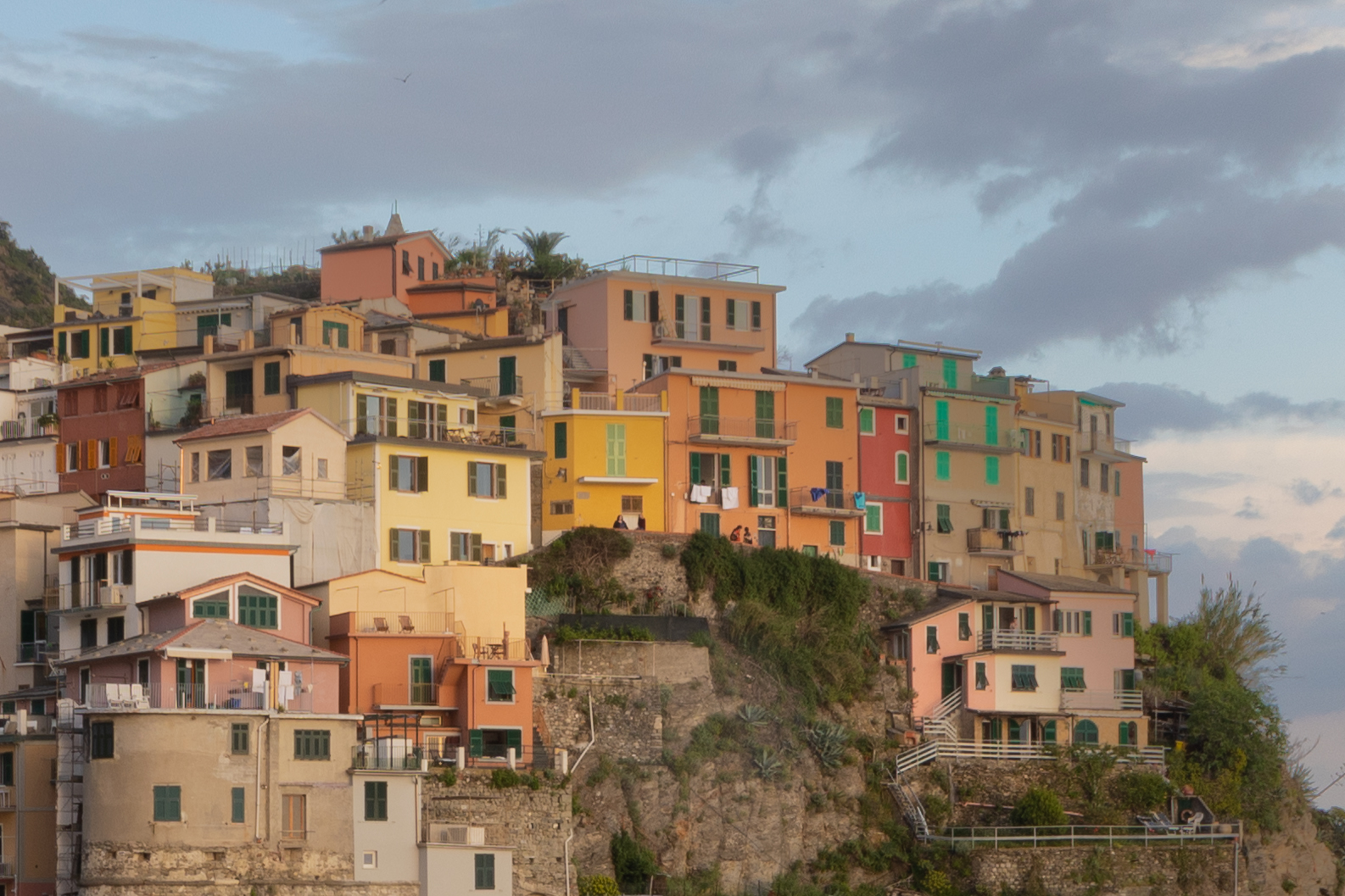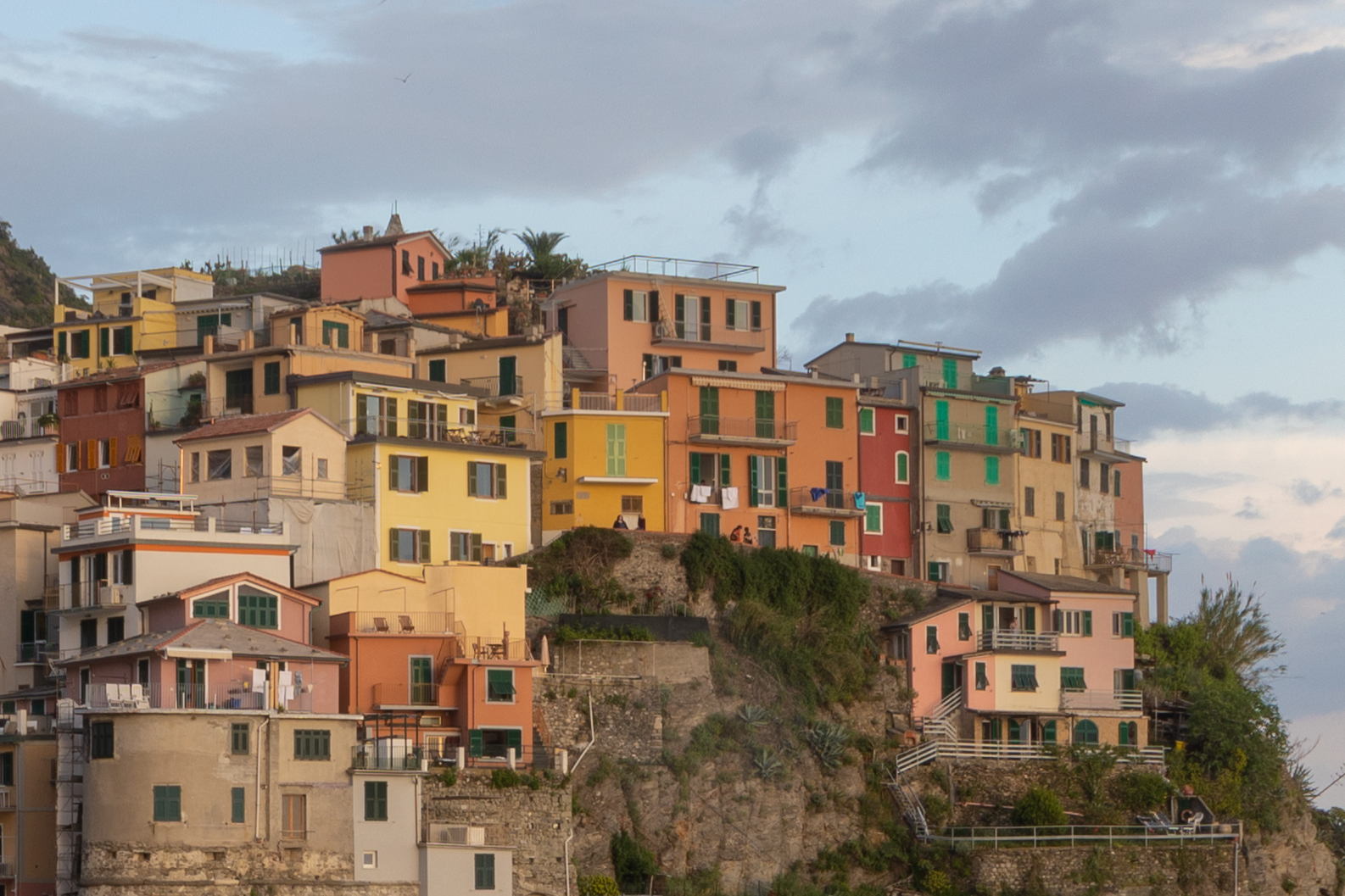Sunset colors over Prague
A bit more colorful photo today, or better said one with a lot of shades of orange. This was taken sometime back during a very nice sunset over the city. There were no real clouds, but it was overcast and the whole sky became this nice orange. And that changed the color of the whole city with it.
This is a blend from 5 exposures, done in Photoshop.

